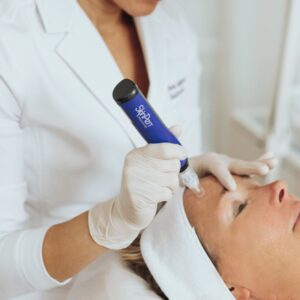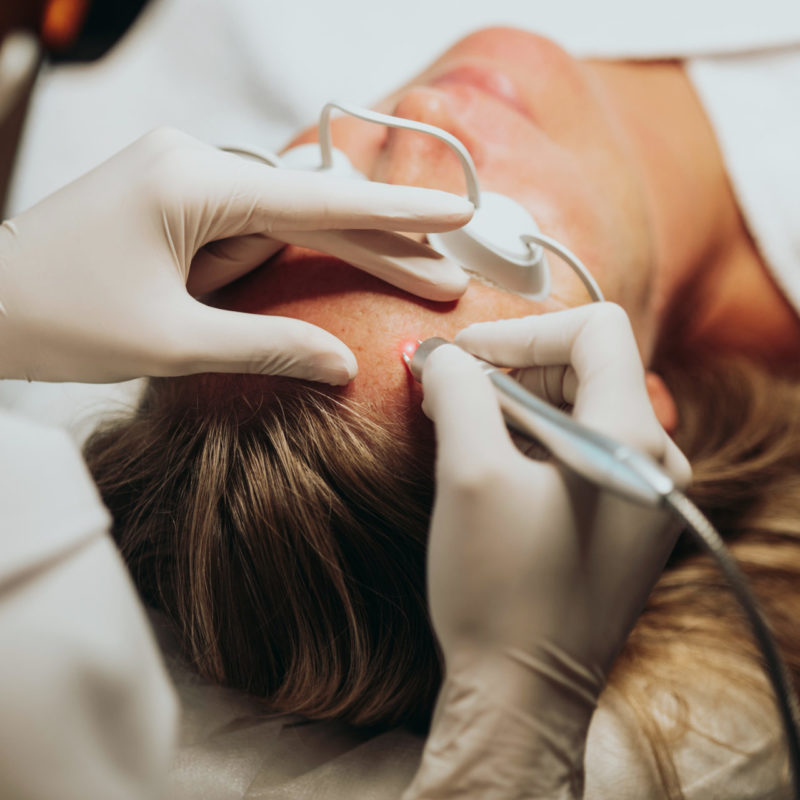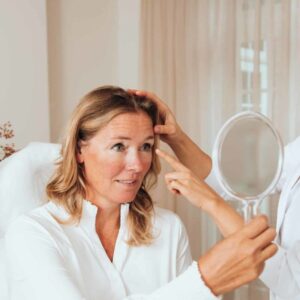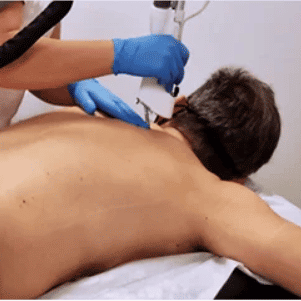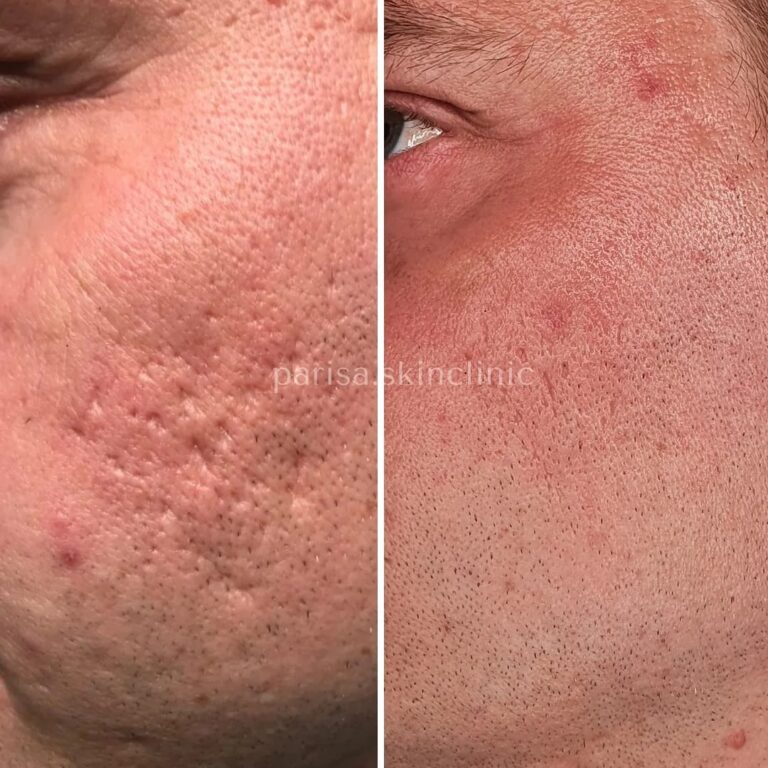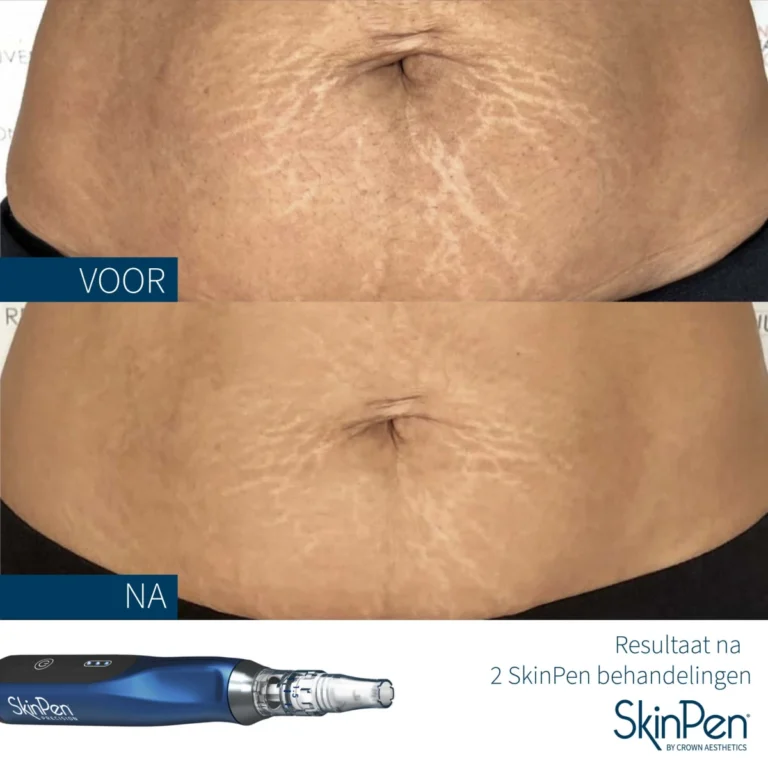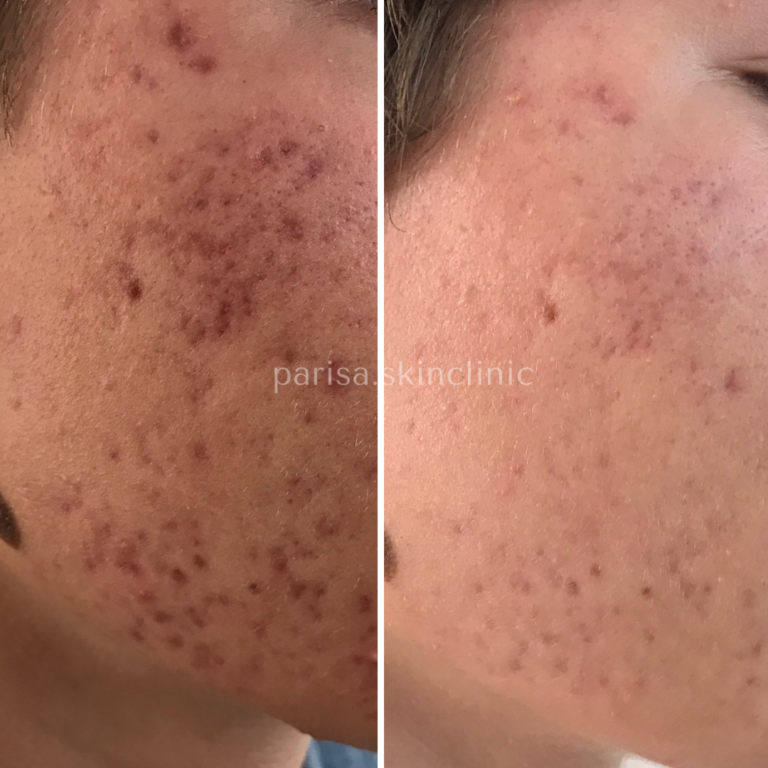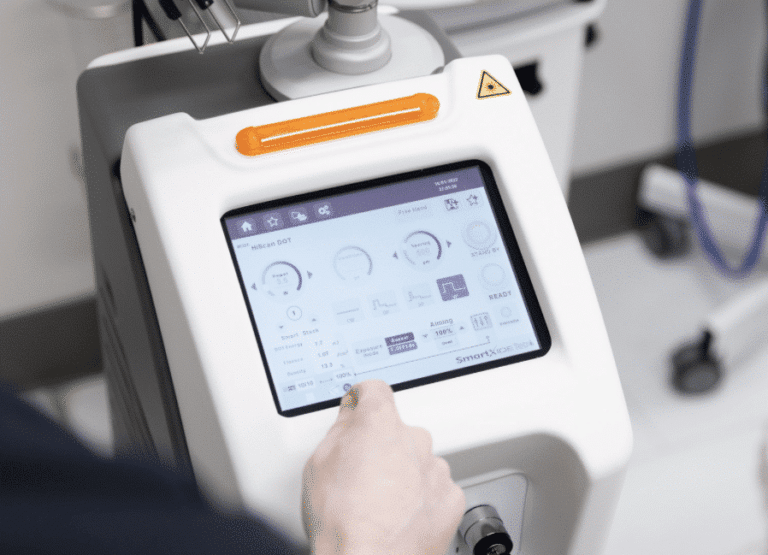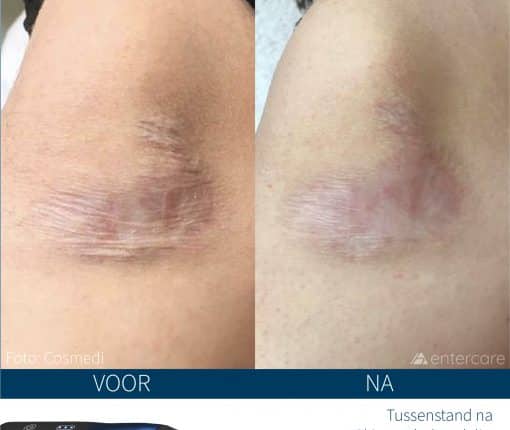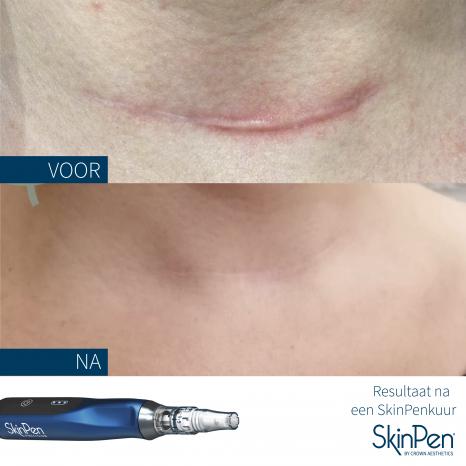Menu
Close
- Home
- Treatments
-
Acne TherapyAcne Therapy
-
Camouflage therapyCamouflage therapy
-
Skin Pen MicroneedlingSkin Pen Microneedling
-
90-Day Skin Transformation90-Day Skin Transformation
-
Fractional CO2 LaserFractional CO2 Laser
-
IPL Photo FacialIPL Photo Facial
-
MesotherapyMesotherapy
-
Scar therapyScar therapy
-
Vivace Micro-Needling RFVivace Micro-Needling RF
-
LED Light TherapyLED Light Therapy
-
Chemical PeelingChemical Peeling
-
XL Hair®XL Hair®
-
IPL Photo FacialIPL Photo Facial
-
Vascular laser treatmentVascular laser treatment
-
PPR GlowPPR Glow
-
Pigment TreatmentPigment Treatment
-
Bone Vessel LaserBone Vessel Laser
-
Vascular MelasmaVascular Melasma
-
PPR GlowPPR Glow
-
90-Day Skin Transformation90-Day Skin Transformation
-
Vivace Micro-Needling RFVivace Micro-Needling RF
-
Fractional CO2 LaserFractional CO2 Laser
-
Skin Pen MicroneedlingSkin Pen Microneedling
-
Chemical PeelingChemical Peeling
-
Coagulation therapyCoagulation therapy
-
CoolPeel LaserCoolPeel Laser
-
MesotherapyMesotherapy
-
- Skin Problems
Skin aging
-
Aging skinAging skin
-
Age spotsAge spots
-
Age-related wartsAge-related warts
-
Smoker's skinSmoker's skin
-
Coarse poresCoarse pores
-
Pendulous eyelidsPendulous eyelids
-
Actinic keratosisActinic keratosis
-
Upper lip linesUpper lip lines
-
WrinklesWrinkles
Redness
-
Bone vesselsBone vessels
-
Blood spidersBlood spiders
-
BloodstainsBloodstains
-
CouperoseCouperose
-
RosaceaRosacea
-
RhinophymaRhinophyma
-
Venous lakeVenous lake
-
Wine stain/ naevus flammeusWine stain/ naevus flammeus
Skin blemishes
-
Dermatosis Papulosa NigraDermatosis Papulosa Nigra
-
SyringomasSyringomas
-
XanthelasmaXanthelasma
Sebaceous gland
-
Gerstein grainsGerstein grains
-
Sebaceous gland hyperplasiaSebaceous gland hyperplasia
Hair Growth
-
Unwanted hair growthUnwanted hair growth
-
HirsutismHirsutism
-
Ingrown hairsIngrown hairs
-
Keratosis pilarisKeratosis pilaris
-
Sinus pilonidalisSinus pilonidalis
Scars
-
Acne scarsAcne scars
-
StriaeStriae
-
ScarsScars
Pigment
-
Age spotsAge spots
-
Age-related wartsAge-related warts
-
MelasmaMelasma
-
Pigmentation in scarsPigmentation in scars
-
Pigment spots on the breastPigment spots on the breast
Inflammations
-
Acne vulgarisAcne vulgaris
Body & other
-
Bone vesselsBone vessels
-
Sinus pilonidalisSinus pilonidalis
-
Hidradenitis suppurativaHidradenitis suppurativa
-
PCOSPCOS
-
Varicose veinsVaricose veins
-
- Rates
- Parisa Skin & Laser Clinics
- Before & after photos
- Contact
- Home
- Treatments
-
Acne TherapyAcne Therapy
-
Camouflage therapyCamouflage therapy
-
Skin Pen MicroneedlingSkin Pen Microneedling
-
90-Day Skin Transformation90-Day Skin Transformation
-
Fractional CO2 LaserFractional CO2 Laser
-
IPL Photo FacialIPL Photo Facial
-
MesotherapyMesotherapy
-
Scar therapyScar therapy
-
Vivace Micro-Needling RFVivace Micro-Needling RF
-
LED Light TherapyLED Light Therapy
-
Chemical PeelingChemical Peeling
-
XL Hair®XL Hair®
-
IPL Photo FacialIPL Photo Facial
-
Vascular laser treatmentVascular laser treatment
-
PPR GlowPPR Glow
-
Pigment TreatmentPigment Treatment
-
Bone Vessel LaserBone Vessel Laser
-
Vascular MelasmaVascular Melasma
-
PPR GlowPPR Glow
-
90-Day Skin Transformation90-Day Skin Transformation
-
Vivace Micro-Needling RFVivace Micro-Needling RF
-
Fractional CO2 LaserFractional CO2 Laser
-
Skin Pen MicroneedlingSkin Pen Microneedling
-
Chemical PeelingChemical Peeling
-
Coagulation therapyCoagulation therapy
-
CoolPeel LaserCoolPeel Laser
-
MesotherapyMesotherapy
-
- Skin Problems
Skin aging
-
Aging skinAging skin
-
Age spotsAge spots
-
Age-related wartsAge-related warts
-
Smoker's skinSmoker's skin
-
Coarse poresCoarse pores
-
Pendulous eyelidsPendulous eyelids
-
Actinic keratosisActinic keratosis
-
Upper lip linesUpper lip lines
-
WrinklesWrinkles
Redness
-
Bone vesselsBone vessels
-
Blood spidersBlood spiders
-
BloodstainsBloodstains
-
CouperoseCouperose
-
RosaceaRosacea
-
RhinophymaRhinophyma
-
Venous lakeVenous lake
-
Wine stain/ naevus flammeusWine stain/ naevus flammeus
Skin blemishes
-
Dermatosis Papulosa NigraDermatosis Papulosa Nigra
-
SyringomasSyringomas
-
XanthelasmaXanthelasma
Sebaceous gland
-
Gerstein grainsGerstein grains
-
Sebaceous gland hyperplasiaSebaceous gland hyperplasia
Hair Growth
-
Unwanted hair growthUnwanted hair growth
-
HirsutismHirsutism
-
Ingrown hairsIngrown hairs
-
Keratosis pilarisKeratosis pilaris
-
Sinus pilonidalisSinus pilonidalis
Scars
-
Acne scarsAcne scars
-
StriaeStriae
-
ScarsScars
Pigment
-
Age spotsAge spots
-
Age-related wartsAge-related warts
-
MelasmaMelasma
-
Pigmentation in scarsPigmentation in scars
-
Pigment spots on the breastPigment spots on the breast
Inflammations
-
Acne vulgarisAcne vulgaris
Body & other
-
Bone vesselsBone vessels
-
Sinus pilonidalisSinus pilonidalis
-
Hidradenitis suppurativaHidradenitis suppurativa
-
PCOSPCOS
-
Varicose veinsVaricose veins
-
- Rates
- Parisa Skin & Laser Clinics
- Before & after photos
- Contact

